Your left arm goes numb and you fall to the ground. These are the symptoms we are taught by popular culture to attribute to having a heart attack. But if you’re a woman, then you need to look out for chest pain, upper back or neck pain, indigestion, heartburn, nausea or vomiting, extreme fatigue, dizziness, and shortness of breath.
Women experience heart attacks differently, and it doesn’t stop there, cardiovascular disease, often considered a man’s disease, is the leading cause of death in women worldwide.
That’s why I decided to put my heart health first, and investigate how wearables could help me to improve my cardiovascular health – as a woman. For the past 4 months, I’ve been wearing the Withings Scan Watch, a smartwatch which not only monitors my heart rate as many watches do but is also one of the few smartwatches to be clinically validated.
The Withings ScanWatch
The ScanWatch was developed with cardiologists and sleep experts and has been validated in two clinical studies. This means it has undergone rigorous testing to validate that it is accurate enough for medical use, and in fact, the ScanWatch has been used in German hospitals as part of a study to monitor COVID-19 patients remotely.
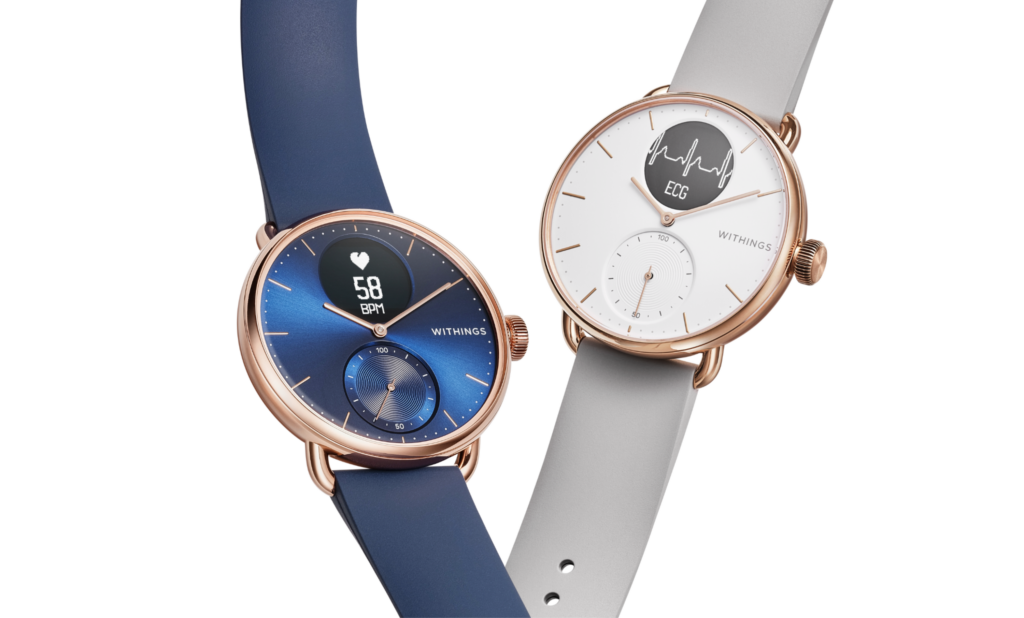
It was important to me to get a holistic view of my health, not just my heart rate, and the ScanWatch also measures ECG: An electrocardiogram which is a recording of the heart’s electrical activity and can report if there is abnormal heart rhythm and SP02, a measurement of how much oxygen your blood is carrying. It also tracks sleep quality (and measures SP02 during sleep) and activities like most other wearables (including swimming!).
When I contacted Withings to ask if I could test their watch, they suggested that I try their system, and sent me their blood pressure cuff with integrated digital stethoscope (the BPM Core) and their BodyComp smart scale which measures not only your weight but also body fat and water percentage, muscle and bone mass, visceral fat, vascular age and your nerve health, to detect signs of peripheral neuropathy.
How to make sense of it all?
Firstly, we need to understand why it is so vitally important for anyone to be vigilant with their heart health, and especially for women to come to understand their heart health and the differences they might encounter.
I am not a doctor. So I have done some research to help expand in this article on what you might want to learn more about. I’ll refer to Cardiovascular Disease as CVD.
CVD is not just a ‘man’s problem’ – and it is the leading cause of death in women worldwide according to the World Heart Federation and this article. It is important to not only acknowledge this but also to start working on a proactive approach to heart health, and that’s where wearables can play a role for the individual.
Wearables such as the Withins ScanWatch offer continuous monitoring to see if there are subtle changes through the day, week or month to your heart health. Not only do the wearables give you information such as your heart rate right now and over time, but they can also provide personalized insights based on your health data.
By considering factors such as hormonal fluctuations, activity levels, and sleep patterns, wearables offer tailored recommendations for maintaining optimal heart health.
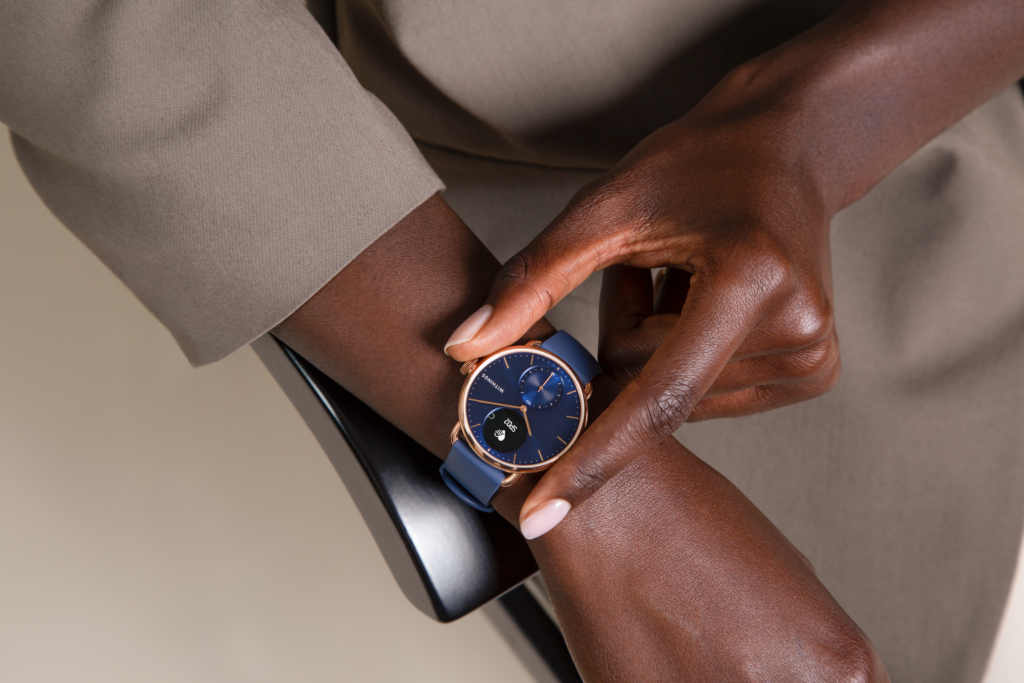
For me, it was important to be able to see how my heart rate changed throughout the day and how it was when I was sleeping. Due to early menopause, I’ve had an extremely difficult time sleeping the past years and only recently (with the help of Hormone Replacement Therapy) have I been able to sleep through the night.
I, therefore, want to know not only what my heart rate is but also how it is when I’m asleep, how my blood oxygen is, and how I am when I have been exercising. This is useful to me so that I can adjust things, go to bed earlier, pay attention to the role a glass of wine plays before bed (bad!), see how it affects me to do yoga and go to the gym daily or just get my 10,000 steps in.
I have tried the Oura ring before (read my review here) so I already had an idea of how sleep tracking could help me. With the Withings app, I can see an overview of each day as well as an explanation of what these numbers mean which is useful to me as I’m learning about this area.
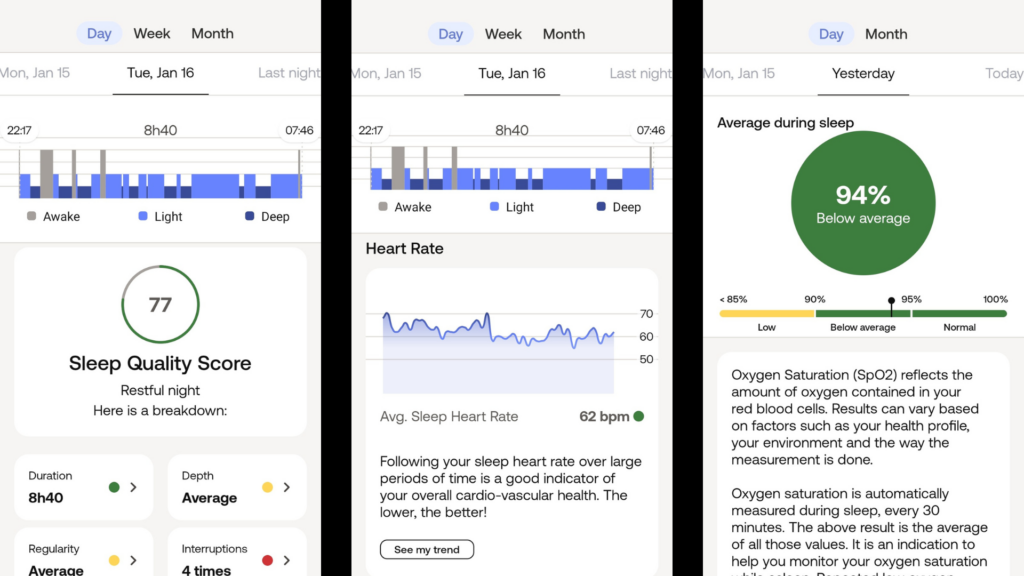
Lifestyle, Stress and Menopause
Many factors can influence heart health, we all know about eating well and exercising but it’s also interesting to know that as a person who will experience menopause (or has) that with the onset of menopause, there is a decline in estrogen levels which can significantly impact cardiovascular health as estrogen has cardio-protective effects, maintains blood vessel elasticity and regulates cholesterol. Therefore, “the risk of CVD increases after menopause in most cases” and it is important to be “monitoring the health of women in their middle age, a critical time in which early intervention strategies should be implemented to reduce the risk of CVD.” (https://www.ncbi.nlm.nih.gov/pmc/articles/PMC10074318/)
Although many apps have started to address menopause (peri and post), in the Withings app I have, this is not an option and although it does offer cycle tracking, my options here are limited – I simply get stuck, since my cycle isn’t regular, or existing at all any more, and thus it’s not useful for me personally. It would be interesting to see Withings introduce perimenopause, menopause and postmenopause features.
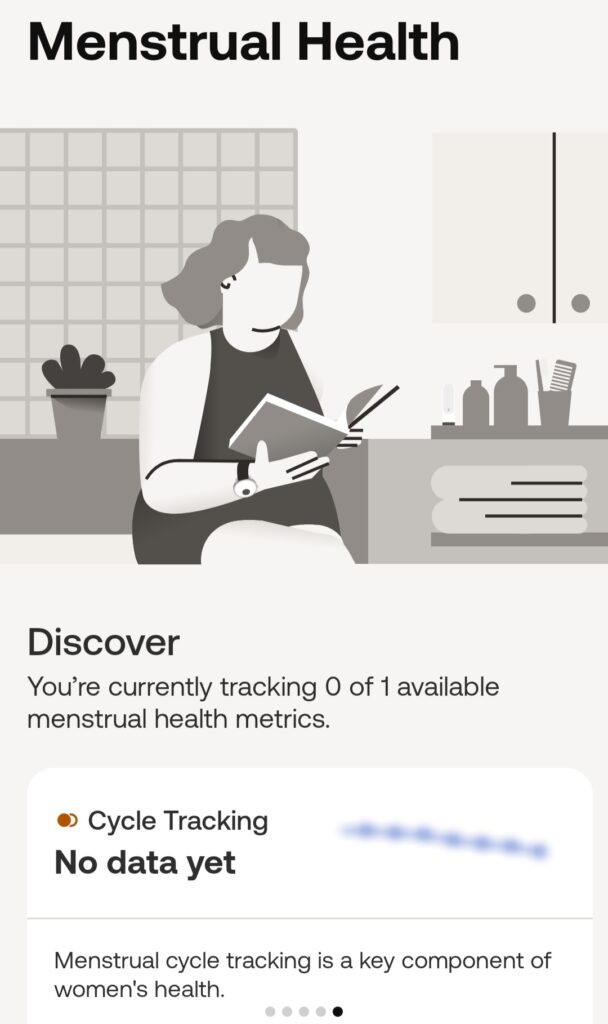
Stress and lifestyle
Many are stressed these days, and I don’t just mean ‘busy’. Actually, physiologically and psychologically stressed. We are too busy and there are too many demands that we simply can’t keep up with. We are expected to run our households, have stellar careers, be social, take care of our families (both young and old), and take care of our bodies and minds and have empathy for and action for every horrible thing the world is going through, from wars to climate change. More and more often, people are ‘burning out’ and this has a significant influence on heart health. We have to manage this and this starts by empowering ourselves with knowledge and giving ourselves permission to focus on our health. If you’re sick, you cannot care for others or make an impact in the world. While I’ve been sitting here writing this article, my ScanWatch has gently reminded me to get up and move; a small gesture but one which helps me to maintain healthy blood flow, reduce stress by taking a much needed break, and giving me a check in with myself to see how I’m doing.
The BodyComp Scale
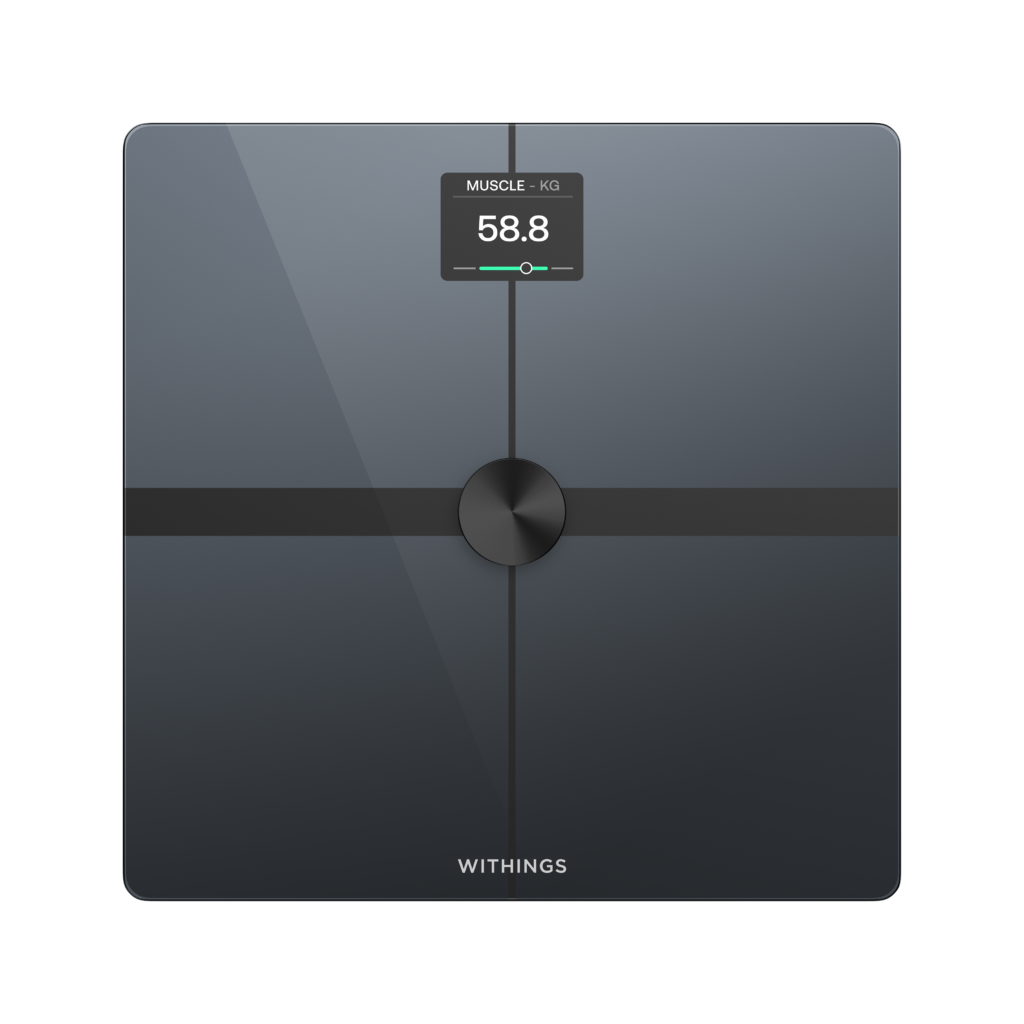
The BodyComp scale is a very useful tool in beginning to understand how your body can change, regardless of the weight the scale reports. Withings has a great knowledge base for helping people to understand these metrics and throughout the article, I’m referring to this in the links. For example, I can see my muscle mass, fat mass, visceral fat mass (this is the type of fat that cushions your organs, but it can also accumulate and become dangerous, which, again, tends to increase during menopause), and two interesting factors which I wasn’t previously tracking: nerve health, Pulse Wave Velocity and vascular age.
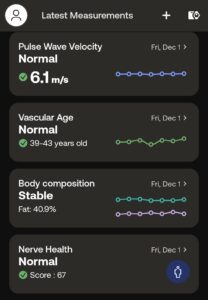
Muscle versus fat
The scale uses Bioelectrical Impedance Analysis to distinguish between muscle and fat in the body. It works by sending a small electrical signal through the body, and based on how quickly this signal travels, it can estimate the amount of water in different tissues. Since muscles contain more water than fat, it can distinguish between the proportions of muscle and fat in the body. In this way, the scale can also measure visceral fat since it has a different density than the other types of fat in your body. Learn more about how Withings measures visceral fat or muscle and fat.
Nerve health
Nerve health is determined by analyzing the sweat glands in your feet. It gives a score which indicates if your nerve health is normal and can indicate if there is peripheral neuropathy, which means there is decreased nerve function and potential problems in the future. Read more about nerve health here.
Pulse Wave Velocity
This measures the speed at which a heartbeat wave moves through the arteries and can show if there is increased stiffness in the arteries. Therefore, Lower Pulse Wave Velocity indicates better heart health. How does it do this? It knows your heart rate and can tell when blood flow in the feet (the part touching the scale) occurs. It uses the time it takes for this wave to happen to calculate this metric. Using this information, Withings can compare your metric with other uses in the same age range to give you your vascular age, essentially the age of your arteries.
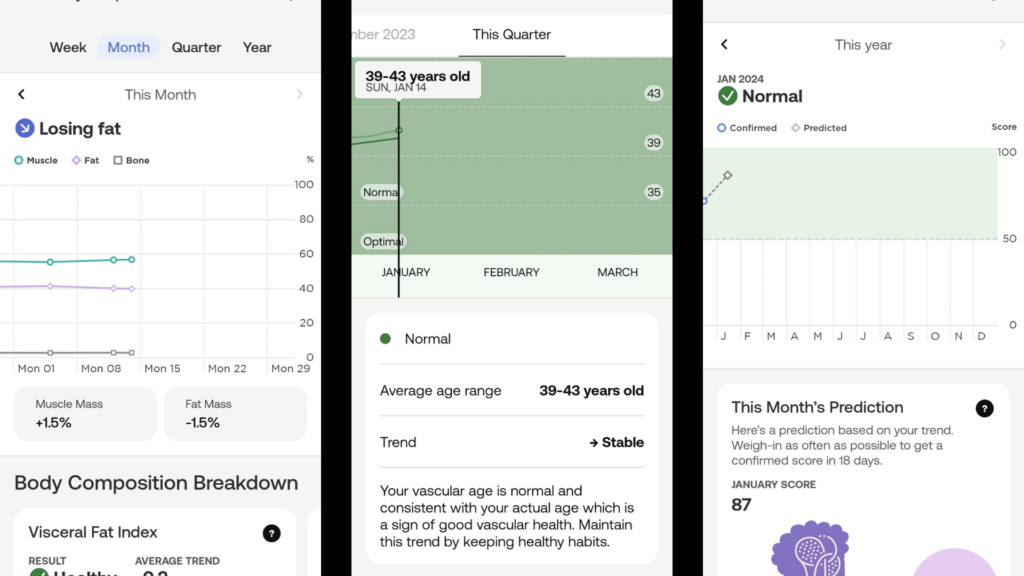
The BPM Core
Measuring your blood pressure at home has been available for many years but it’s not been a commonplace device to have in the home. The BPM core can, in 90 seconds, measure your blood pressure to detect hypertension, do an electrocardiogram via 3 electrodes, to detect atrial fibrillation, and even listen to your heart via a digital stethoscope to hear the heart valves opening and closing.
Blood Pressure is an indicator of hypertension, or, high blood pressure. The BPM Core can deliver a medical-grade measurement of your systolic and diastolic blood pressure. This is where you often hear “120 over 80” on medical dramas where the systolic pressure is the higher number and the diastolic number is the lower number. Systolic is when your heart is pumping out blood and diastolic is when your heart is resting between pumps. The Withings app gives feedback on your blood pressure, indicating if it is in a normal range. Read more about hypertension here.
Instruments
An electrocardiogram measures the electrical signal from your heartbeat and visualizes this. There is both your heart rate, how fast your heart beats, and your heart rhythm, where analysis can tell if your heart is beating too quickly, too slowly or irregularly, this is called arrhythmia. Atrial fibrillation is the most common form of arrhythmia and can indicate stroke and/or heart failure and can lead to fatigue and shortness of breath. Read more about how an electrocardiogram works here and about atrial fibrillation here.
The digital stethoscope uses a microphone to listen to your heart sound frequencies and analyzes these sounds. This analysis has been developed with cardiologists and the artificial intelligence which analyzes these was trained using thousands of real heart sound records.
So has it helped me?
Paying attention to many new metrics about my health hasn’t been easy, and if I’m honest, I’m still mainly just looking at my steps each day, which I can see on my watch face in an elegant second dial which indicates steps from 0 – 100% of my step goal.
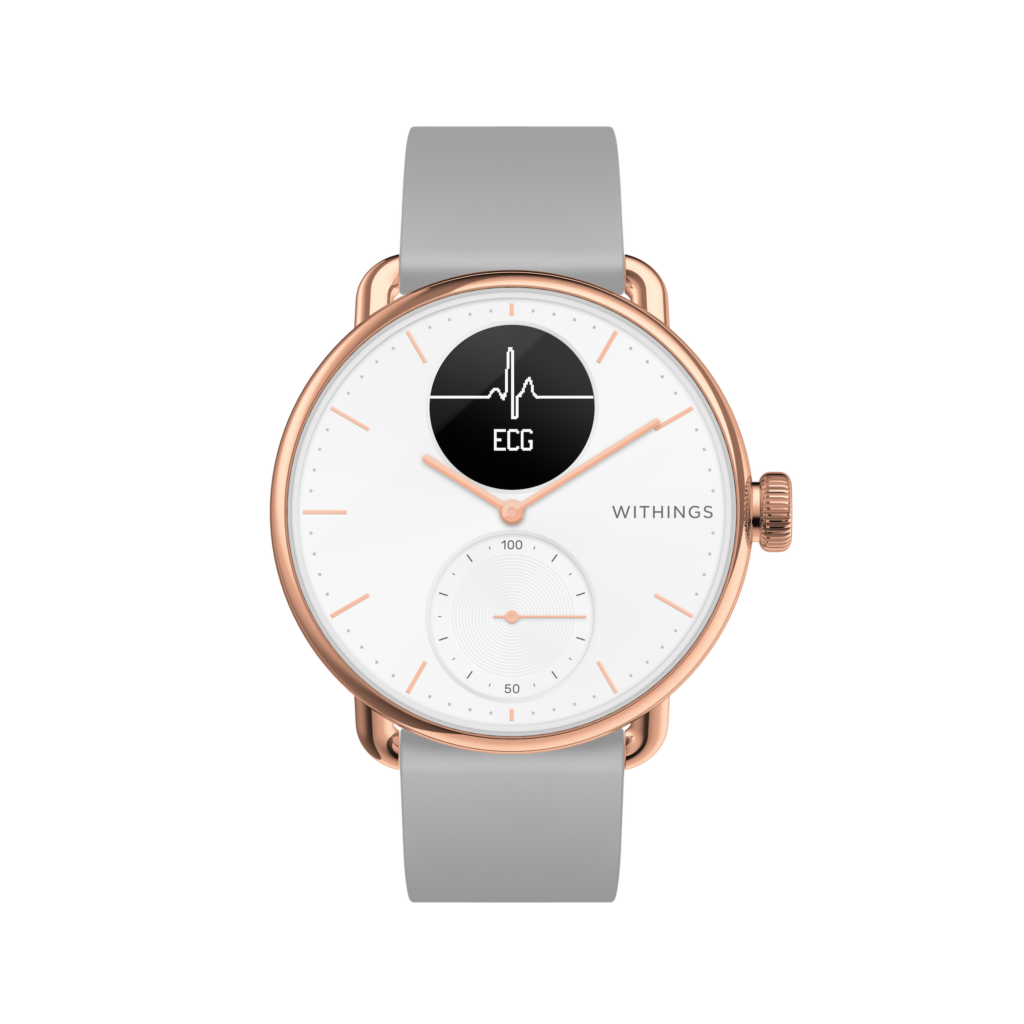
What has changed is my attention to my body and heart. A few times, I’ve had heart palpitations, which are also common during menopause or when you’re stressed, and so I’ve found a lot of comfort in having an ECG and SP02 monitor right on my wrist. When I was sick over Christmas, I went for a walk after a week in bed and had to stop walking every five minutes.
I wasn’t out of breath so I couldn’t figure out why I suddenly needed to stop, but something in my body told me ‘stop now’ and so I checked my SP02 on the watch and it was quite a lot lower than normal, around 81% (normally it’s around 96%). This means my blood wasn’t getting the oxygen it needed. This was really useful information. It meant for me that I could stop and take a break and know that it was for a clear reason, when if I’m being honest, normally I would have just pushed through.
I have also been using the ECG measurement on the watch fairly regularly, and the few times I’ve had concerns, it’s been good to know that there is no atrial fibrillation.
How exercise helps
My focus on ensuring I’m getting cardio and strength training has increased – I’ve always loved weight training at the gym and dancing and now I can see how this is helping my heart and reducing my blood pressure. I had a week of higher blood pressure than normal which I measured on the BPM Core, unsurprisingly in the delightful eat-everything-and-watch-movies phase of holiday time in December, and so it helped me to pay attention and resume taking better care of myself.
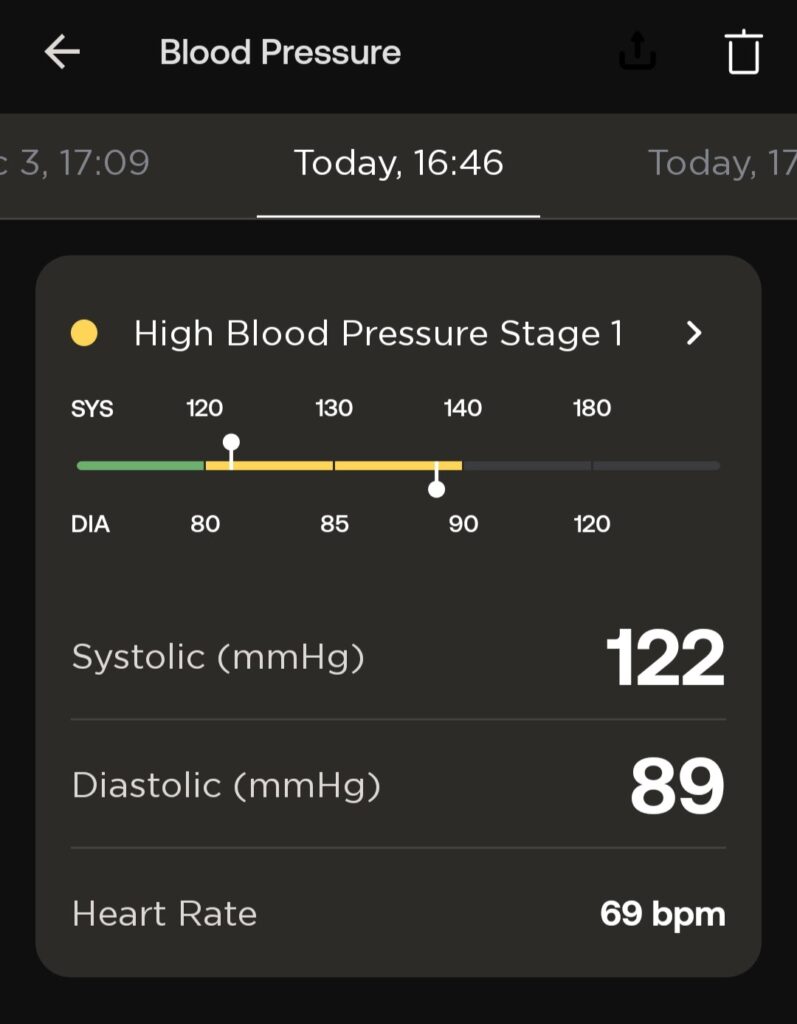
Being someone who has suffered burnout, I find it increasingly important to pay attention to my biometrics and be better at understanding what my body is trying so desperately to tell me – to slow down, pay attention to my health and especially to my heart, both literally and figuratively.
As a person studying and working within femtech, I am grateful to have such devices available so that I can monitor my own health and have a record of how I am doing. Historically, women have been underrepresented in cardiovascular research, leading to a gap in understanding gender-specific heart issues. Bridging this knowledge gap is essential for developing comprehensive and effective interventions. And, increased representation in clinical trials is a step toward breaking barriers and advancing women’s heart health.
Understanding your body
In a previous article about femtech and AI, I discuss some of the ways in which we can see this disparity. On a fundamental level, women need to better understand how their bodies function, and what it means when things feel ‘off’ and that keeping track of your cycle is just the beginning of taking care of your health. It’s a big job, but luckily, there are a lot of tools out there to help us and make it easier to track and understand.
Women’s health is a varied landscape of hormonal shifts, ever-changing bodies and diverse symptoms. It is important to dispel stereotypes and understand that the symptoms we all think we know from popular culture (for example, the left arm going numb) are not going to help us recognize when there is a problem with our own individual bodies. It is up to us to learn about our bodies, and up to the health care and research systems to bridge these historical research gaps. In this way, we can break barriers in health care and move towards a more inclusive and informed approach to women’s health.

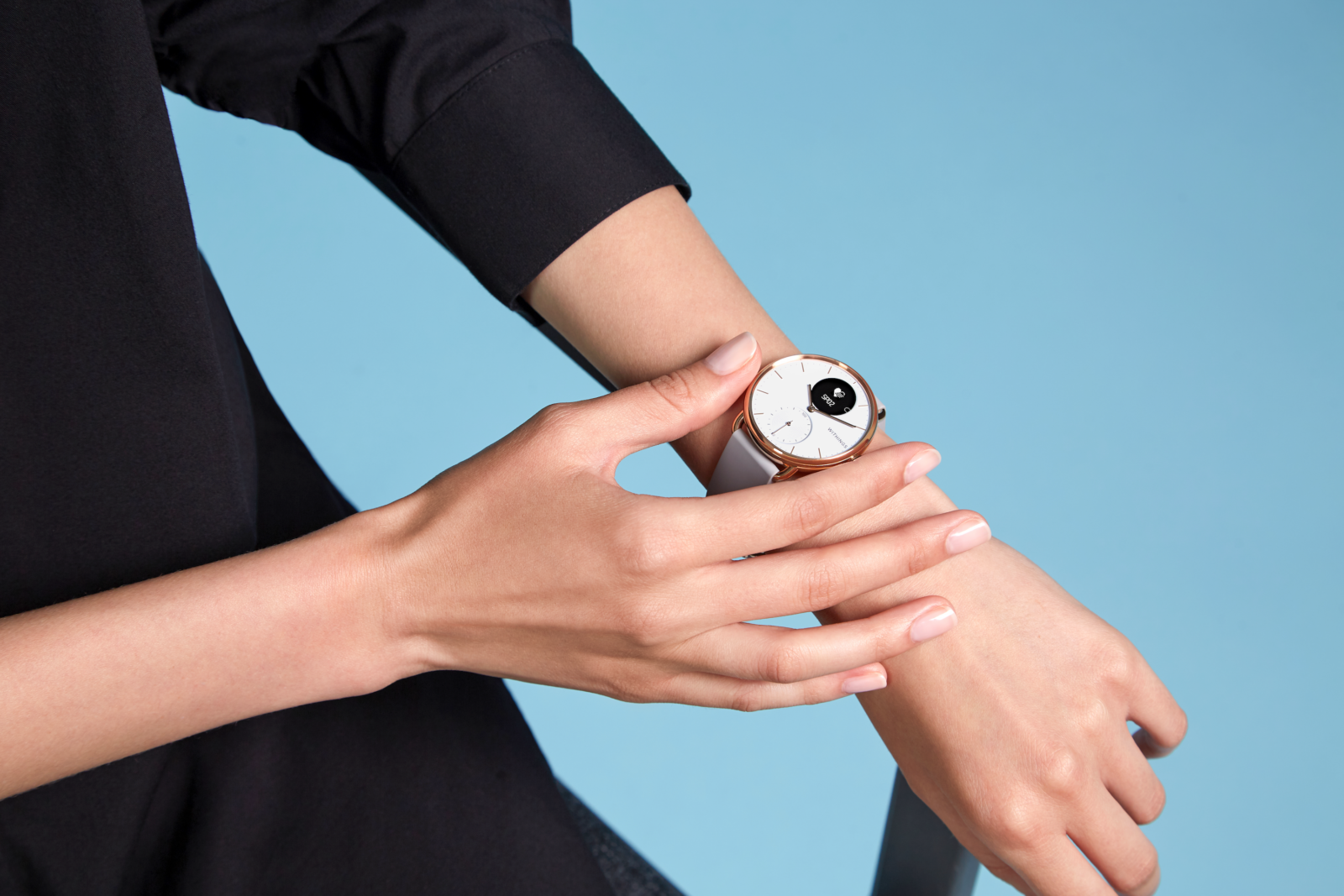
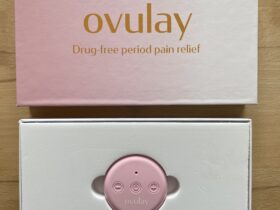
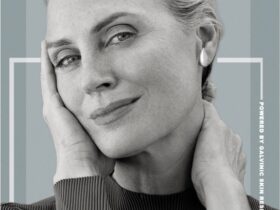

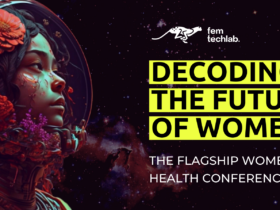



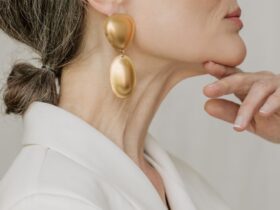
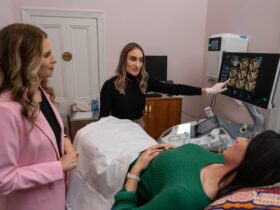

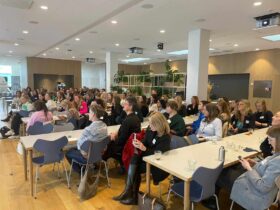
Follow us on social media